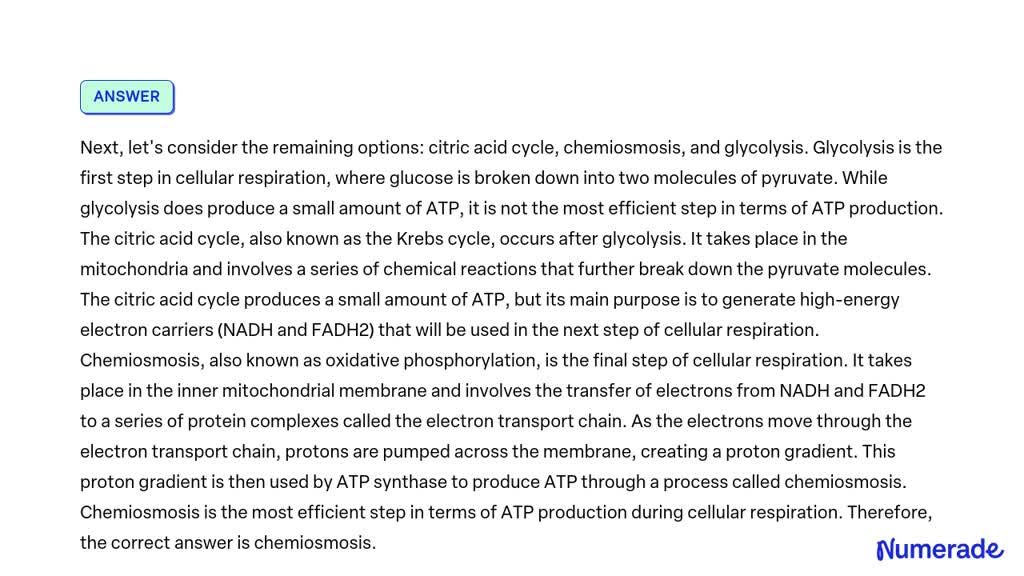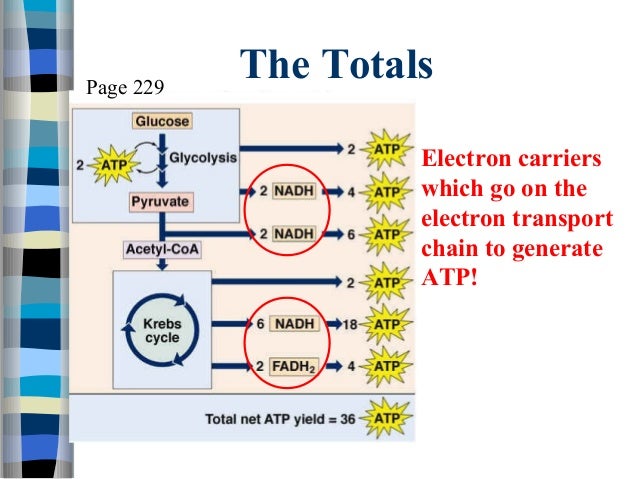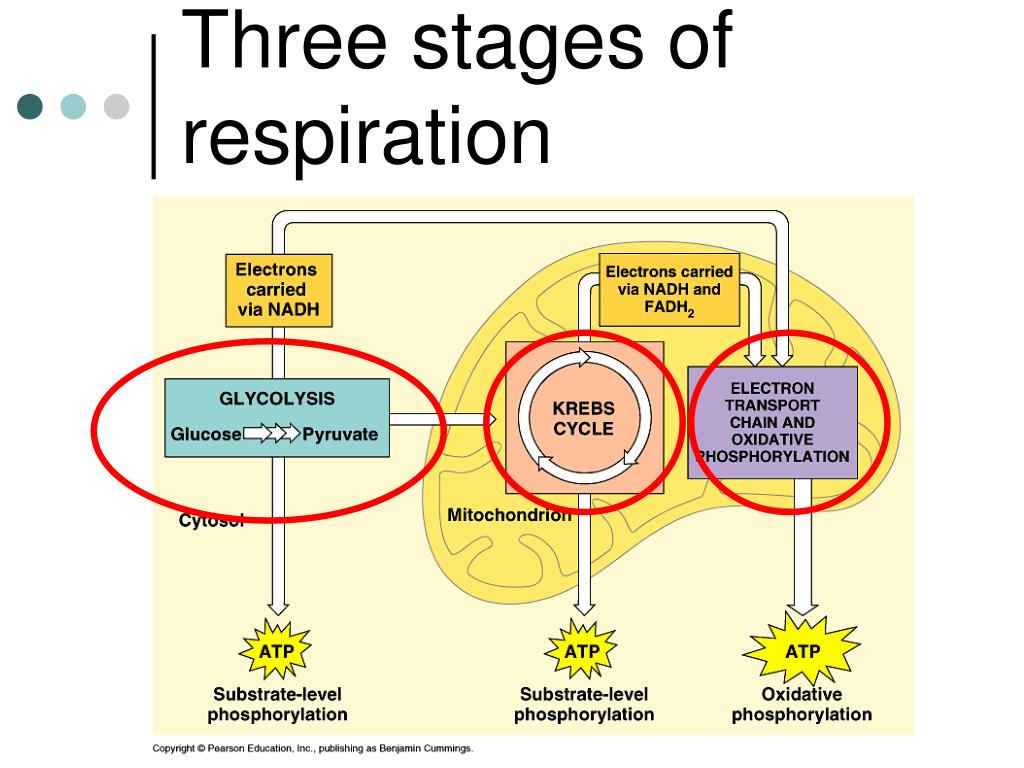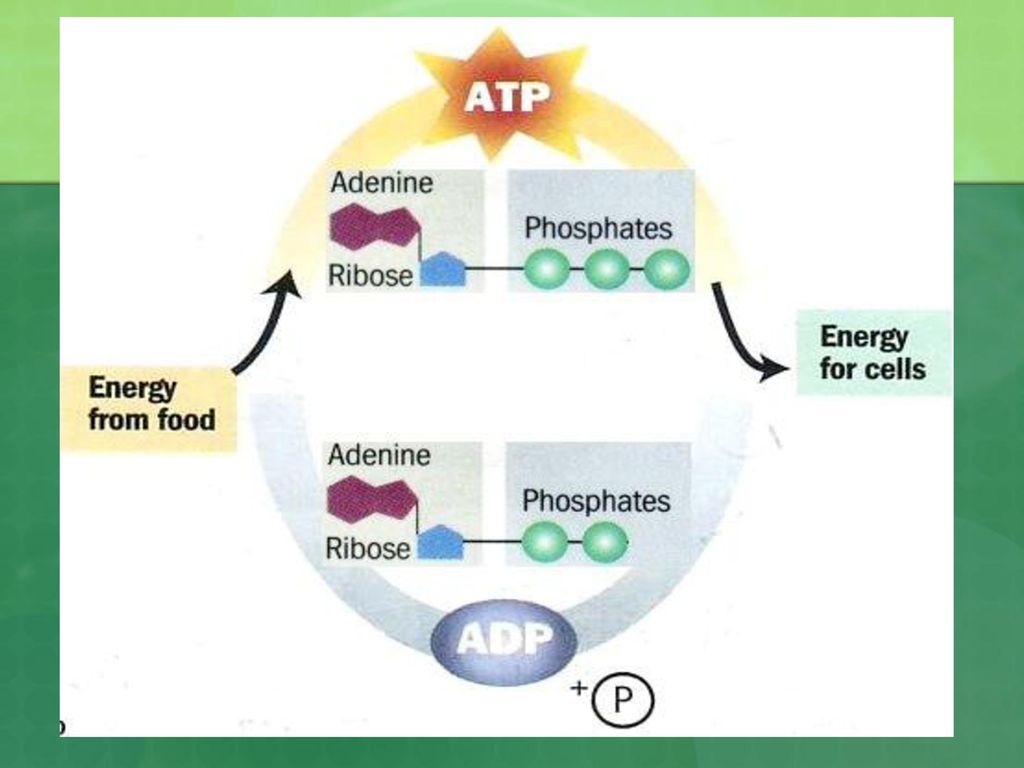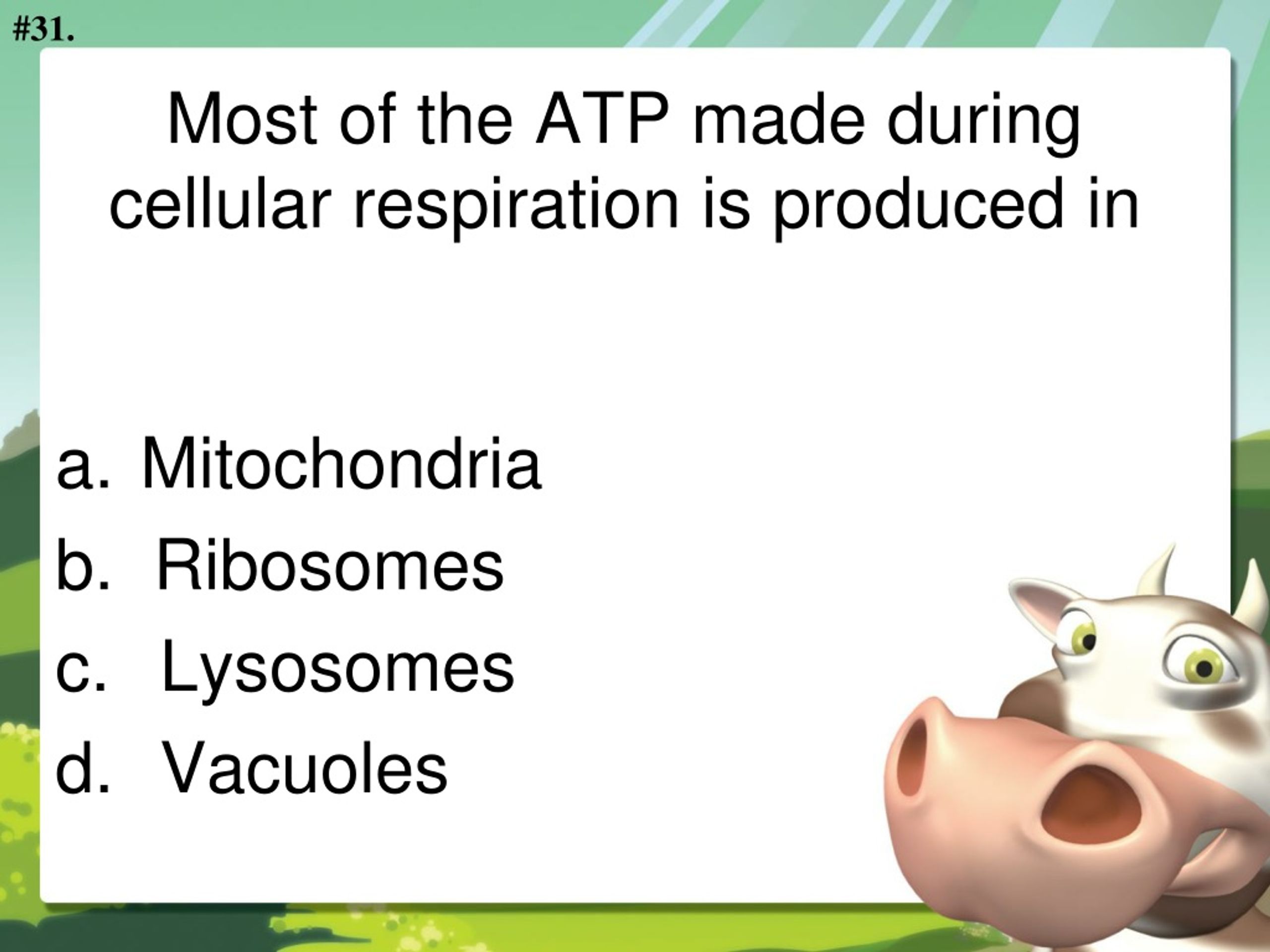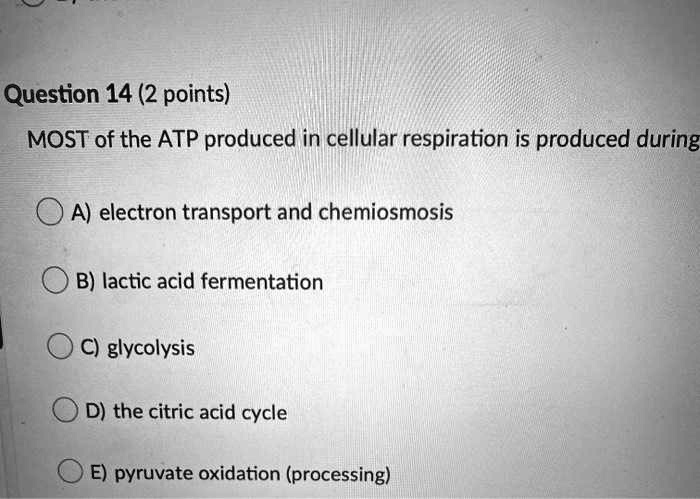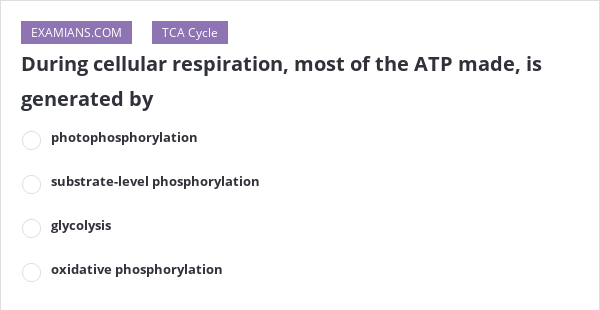Where Is Most Of The Atp Made During Cellular Respiration
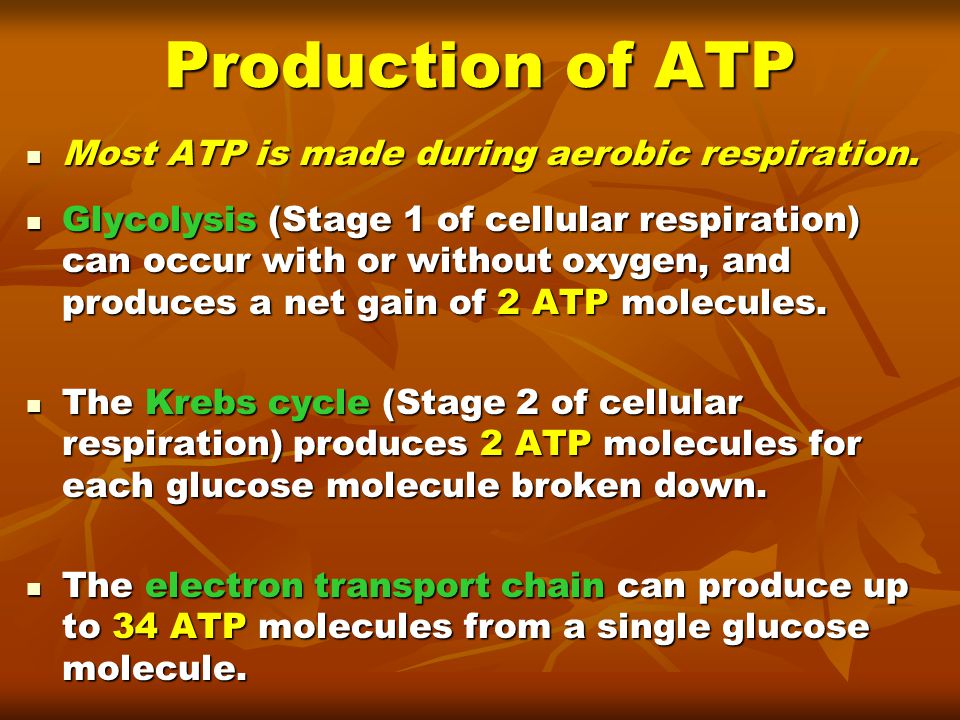
The intricate process of cellular respiration, the engine that powers life, generates the energy currency known as adenosine triphosphate (ATP). But pinpointing the exact location where the majority of ATP is produced within the cell is a complex question with a surprisingly straightforward answer: the inner mitochondrial membrane.
This article will delve into the mechanics of ATP production, shedding light on the specific stage responsible for the lion's share of this vital energy molecule. Understanding this process is crucial, as ATP fuels nearly every cellular activity, from muscle contraction to protein synthesis. Without it, life as we know it would cease to exist.
The Four Stages of Cellular Respiration
Cellular respiration is not a single event, but rather a sequence of four interconnected stages: glycolysis, pyruvate oxidation, the citric acid cycle (also known as the Krebs cycle), and oxidative phosphorylation. Each stage contributes to the overall process of energy extraction from glucose.
Glycolysis occurs in the cytoplasm, breaking down glucose into pyruvate. Pyruvate oxidation links glycolysis to the citric acid cycle, converting pyruvate into acetyl-CoA.
The citric acid cycle, taking place in the mitochondrial matrix, further oxidizes acetyl-CoA, releasing carbon dioxide and generating electron carriers.
The Star Player: Oxidative Phosphorylation
While all four stages contribute to cellular respiration, oxidative phosphorylation is the undisputed champion when it comes to ATP production. This final stage, occurring across the inner mitochondrial membrane, harnesses the energy stored in electron carriers to drive ATP synthesis.
Oxidative phosphorylation consists of two main components: the electron transport chain and chemiosmosis. The electron transport chain is a series of protein complexes embedded in the inner mitochondrial membrane.
These complexes sequentially transfer electrons, releasing energy that is used to pump protons (H+) from the mitochondrial matrix into the intermembrane space, creating an electrochemical gradient.
This gradient, with a high concentration of protons in the intermembrane space and a low concentration in the matrix, represents a form of potential energy. Chemiosmosis then couples this proton gradient to ATP synthesis.
The enzyme ATP synthase acts as a channel, allowing protons to flow down their concentration gradient back into the mitochondrial matrix. As protons flow through ATP synthase, the enzyme uses the released energy to phosphorylate ADP, forming ATP.
“Oxidative phosphorylation is the most efficient ATP-producing stage of cellular respiration, generating significantly more ATP than glycolysis or the citric acid cycle,” explains Dr. Emily Carter, a biochemist at the National Institutes of Health.
The electron transport chain and ATP synthase are localized to the inner mitochondrial membrane. Therefore, the inner mitochondrial membrane is the location where the majority of ATP is generated during cellular respiration.
Why the Inner Mitochondrial Membrane?
The structure of the mitochondria is specifically designed to optimize ATP production. The inner mitochondrial membrane is highly folded, forming structures called cristae, which greatly increase its surface area.
This increased surface area allows for a greater number of electron transport chain complexes and ATP synthase molecules to be embedded in the membrane, leading to enhanced ATP production. The compartmentalization of the electron transport chain and ATP synthase within the inner membrane is essential for maintaining the proton gradient necessary for chemiosmosis.
Without this separation, the proton gradient would dissipate, and ATP synthesis would be severely compromised.
The Impact and Significance
The efficiency of ATP production through oxidative phosphorylation has far-reaching implications for all living organisms. Organs with high energy demands, such as the brain and muscles, rely heavily on this process to function properly.
Disruptions in mitochondrial function can lead to a variety of diseases, including mitochondrial disorders, neurodegenerative diseases, and even cancer. Understanding the intricacies of ATP production and the role of the inner mitochondrial membrane is crucial for developing therapies to treat these conditions.
Furthermore, research into the efficiency of oxidative phosphorylation may lead to new strategies for improving energy production in various applications, from biofuels to artificial photosynthesis.
Conclusion
In summary, the majority of ATP generated during cellular respiration is produced via oxidative phosphorylation, a process that occurs across the inner mitochondrial membrane. This intricate process, involving the electron transport chain and chemiosmosis, harnesses the energy stored in electron carriers to create a proton gradient, which then drives ATP synthesis via ATP synthase.
The unique structure and compartmentalization of the mitochondria, particularly the highly folded inner membrane, are essential for the efficiency of this vital energy-producing process.
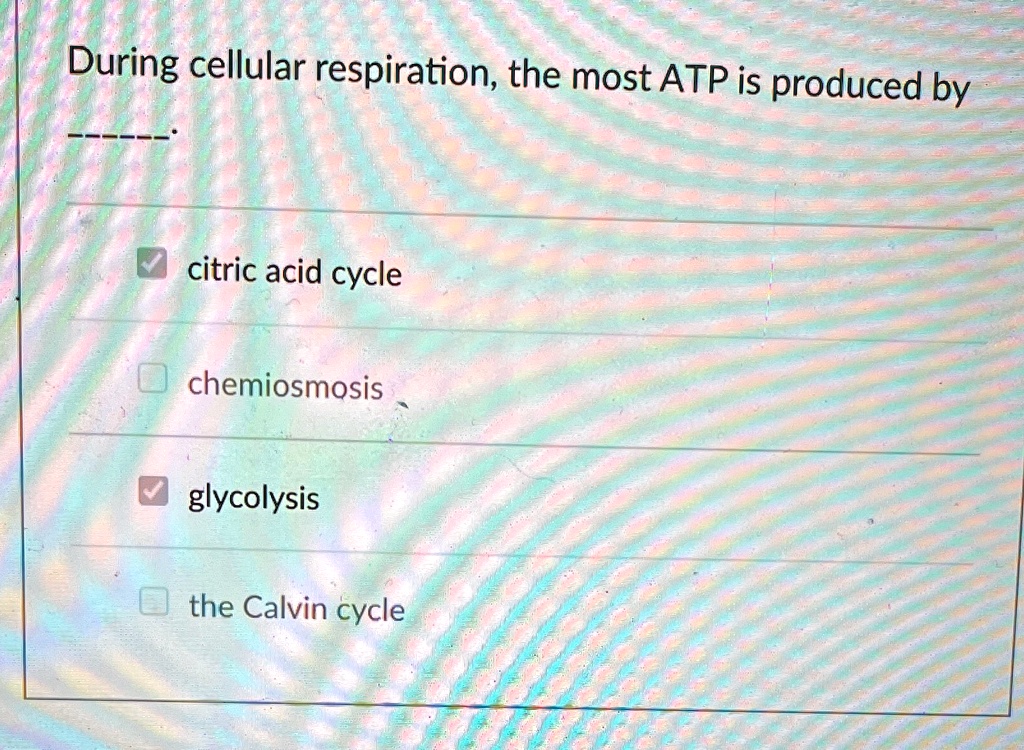


:max_bytes(150000):strip_icc()/cellular_respiration-8fcc3f1ad3e54a828dabc02146ce4307.jpg)



